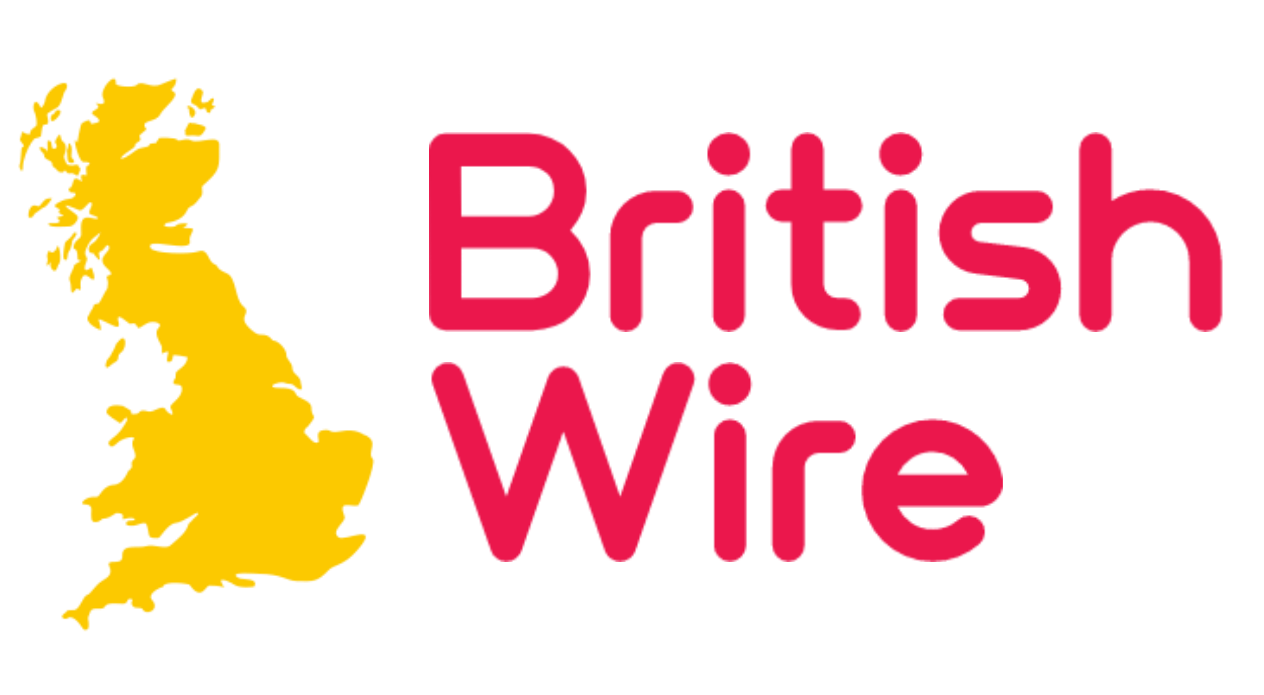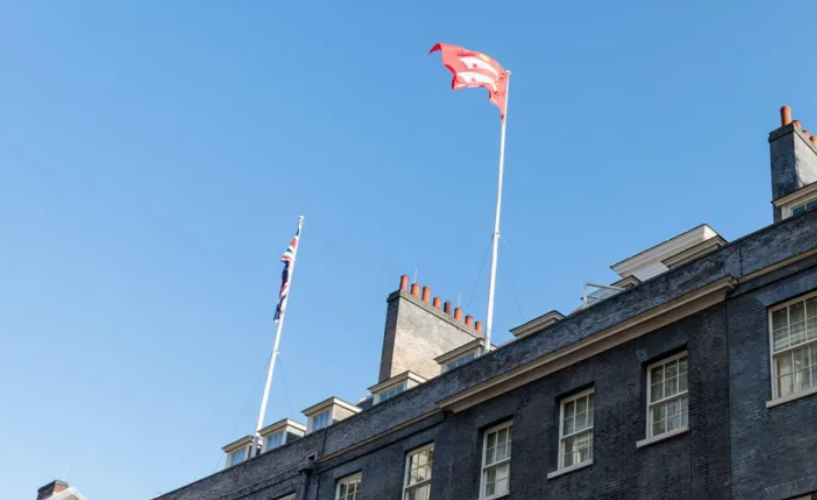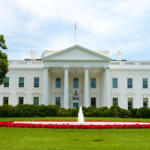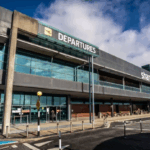A fresh political row has erupted in Westminster over the decision not to fly the historic county flag of Middlesex above 10 Downing Street on Middlesex Day.
Middlesex, a county formally dissolved in the 1960s and now largely absorbed into Greater London, is traditionally celebrated on 16 May, marking the anniversary of the Battle of Albuhera in 1811. The date honours the valour of the Middlesex Regiment, whose commander famously urged his troops to “die hard” in the face of Napoleon’s advancing forces — a phrase that has since become military folklore.
While previous Conservative-led governments, notably under Boris Johnson, flew the Middlesex flag from Downing Street in recognition of the historic county’s contribution, the current Labour administration has declined to do so this year. Cabinet Office minister Abena Oppong-Asare confirmed in a written parliamentary answer that “there are currently no plans to fly county flags above Downing Street.”
The decision has sparked backlash from Conservative MPs, who accuse the government of disregarding British traditions. Richard Holden, the Conservative shadow paymaster general, criticised Labour’s stance in an interview with GB News, saying: “It saddens me that Labour are happy to fly whatever woke flag comes off their production line, but when it comes to our historic county flags, they are not interested.”
However, a Downing Street spokesperson defended the government’s commitment to British heritage, citing a St George’s Day reception hosted by the Prime Minister last month. “The Prime Minister has pride in celebrating our heritage,” the spokesperson said.
Despite the absence of the Middlesex flag at Downing Street, it was raised in New Palace Yard within the parliamentary estate. Commons Speaker Sir Lindsay Hoyle acknowledged the day on social media, noting Middlesex’s frequent presence in parliamentary debates.
The debate over flag-flying is not new. In recent years, government departments and local councils have faced scrutiny over decisions to fly various flags. Last year, then-Home Secretary Suella Braverman expressed frustration over the Progress Pride flag being flown at the Home Office, claiming she had no authority to remove it. More recently, Reform UK faced criticism after suggesting only the Union Jack and St George’s Cross should fly over English council buildings, before later clarifying that county flags would also be permitted.
Current government guidance maintains that where only one flagpole is available, the Union Jack should take precedence. On buildings with multiple flagpoles, it should occupy the highest or central position.
As the flags debate continues to stir controversy, the issue of tradition versus modern symbolism remains a politically sensitive topic across the UK.

















